Home>Gardening & Outdoor>Landscaping Ideas>How To Make Grass Thick And Green


Landscaping Ideas
How To Make Grass Thick And Green
Modified: March 27, 2024
Learn effective landscaping ideas to make your grass thick and green. Discover expert tips for achieving a lush, vibrant lawn.
(Many of the links in this article redirect to a specific reviewed product. Your purchase of these products through affiliate links helps to generate commission for Storables.com, at no extra cost. Learn more)
Introduction
Creating a lush, vibrant lawn is a goal shared by many homeowners and garden enthusiasts. A thick, green carpet of grass not only enhances the aesthetic appeal of your outdoor space but also provides a welcoming environment for outdoor activities and relaxation. Achieving the perfect lawn requires a combination of proper grass seed selection, soil preparation, watering and fertilizing techniques, as well as regular maintenance. In this comprehensive guide, we will explore the essential steps to make your grass thick and green, transforming your lawn into a picturesque oasis that you can be proud of. Whether you are starting from scratch with a new lawn or revitalizing an existing one, these tips and strategies will help you achieve the lawn of your dreams. Let's dive into the world of landscaping and uncover the secrets to a verdant, healthy lawn that will be the envy of your neighborhood.
Key Takeaways:
- Choose the right grass seed for your climate, soil, and maintenance level to lay a strong foundation for a lush, green lawn that thrives for years to come.
- Proper soil preparation, watering, fertilizing, and maintenance are essential for nurturing a healthy and vibrant lawn that becomes the envy of your neighborhood.
Read more: How To Make The Grass Green
Choosing the Right Grass Seed
When it comes to creating a thick and green lawn, selecting the right grass seed is the crucial first step. The climate and growing conditions in your area play a significant role in determining the most suitable grass species for your lawn. Cool-season grasses such as Kentucky bluegrass, fescue, and ryegrass thrive in regions with moderate to cool temperatures, while warm-season grasses like Bermuda grass and zoysia are better suited for warmer climates.
Consider the amount of sunlight your lawn receives and the level of foot traffic it experiences. For shady areas, opt for shade-tolerant grass seed blends that are specifically formulated to thrive in low-light conditions. If your lawn is a high-traffic area, choose a durable grass variety that can withstand frequent use without thinning out.
Soil type is another critical factor to take into account. Different grass species have varying soil preferences, with some being more adaptable to clay soils, while others prefer sandy or loamy soil. Conduct a soil test to determine the pH level and nutrient content of your soil, which will guide you in selecting a grass seed mix that is well-suited to your soil type.
Additionally, consider the maintenance requirements of different grass species. Some grasses may necessitate more frequent mowing, watering, or fertilizing, while others are more low-maintenance. By choosing a grass seed variety that aligns with your desired level of maintenance, you can ensure that your lawn remains healthy and vibrant without excessive effort.
Consult with local gardening experts or extension services to obtain tailored recommendations for grass seed varieties that are best suited to your specific region and lawn conditions. By carefully selecting the right grass seed for your lawn, you lay the foundation for a lush, resilient turf that will thrive in the years to come.
Soil Preparation
Preparing the soil is a fundamental aspect of establishing a healthy and robust lawn. Before sowing grass seed, it is essential to ensure that the soil provides an optimal environment for germination and root development. Begin by clearing the area of any debris, rocks, or existing vegetation. This can be achieved by raking the soil and removing any obstacles that may impede the growth of new grass.
Conduct a soil test to assess the pH level and nutrient composition of the soil. Based on the test results, amend the soil as needed to create an ideal growing environment for the grass. Adding organic matter such as compost or well-rotted manure can improve soil structure, drainage, and nutrient retention. Additionally, incorporating a balanced fertilizer into the soil can provide essential nutrients that promote healthy grass growth.
Aerating the soil is another crucial step in soil preparation. Aerating helps alleviate soil compaction, allowing air, water, and nutrients to penetrate the soil more effectively. This can be achieved using aeration tools such as core aerators or aerating shoes, which create channels in the soil to facilitate better root development and overall lawn health.
Once the soil has been cleared, tested, and amended, it is ready for seeding. Rake the soil to create a level surface, ensuring that the seed bed is adequately prepared for sowing. By taking the time to properly prepare the soil, you set the stage for successful grass establishment and long-term vitality. A well-prepared soil foundation provides the necessary support for healthy root growth, leading to a thick and vibrant lawn that will flourish for years to come.
Watering and Fertilizing
Proper watering and fertilizing practices are essential for nurturing a lush and verdant lawn. Adequate moisture and balanced nutrients are vital for promoting healthy grass growth and maintaining a thick, green carpet of turf.
When it comes to watering, the key is to ensure that your lawn receives sufficient moisture without overwatering. Deep, infrequent watering is generally more effective than frequent, shallow watering. This encourages the development of deep roots and enhances the grass’s ability to withstand periods of drought. Early morning is an optimal time for watering, as it allows the grass to dry before evening, reducing the risk of disease. Consider investing in a sprinkler system with a timer to ensure consistent and efficient watering, especially during dry spells.
Fertilizing is equally important for providing essential nutrients that support vigorous grass growth. Before applying fertilizer, it is advisable to conduct a soil test to determine the specific nutrient requirements of your lawn. This information will guide you in selecting a fertilizer with the appropriate balance of nitrogen, phosphorus, and potassium, as well as any additional micronutrients that may be needed.
Applying fertilizer in the early spring and fall is generally beneficial, as it coincides with periods of active growth and allows the grass to absorb and utilize the nutrients effectively. Slow-release fertilizers are preferred for their gradual nutrient release, promoting steady and sustained grass growth. Be mindful of following the recommended application rates and avoiding excessive fertilizer use, which can lead to environmental issues and lawn damage.
By implementing a consistent watering schedule and providing appropriate fertilization, you can create an optimal environment for your grass to thrive. These practices contribute to the development of a dense, healthy lawn with vibrant green hues, enhancing the beauty of your outdoor space and providing a welcoming setting for recreational activities and leisure.
Regularly fertilize your grass with a high-quality, slow-release fertilizer to promote thick and green growth. Follow the instructions on the fertilizer package for best results.
Mowing and Maintenance
Regular mowing and proper maintenance are essential for cultivating a thick, green lawn that exudes vitality and visual appeal. Adopting the right mowing practices and implementing a comprehensive maintenance routine can significantly contribute to the overall health and aesthetics of your turf.
When it comes to mowing, it is important to adhere to the one-third rule, which recommends removing no more than one-third of the grass blade height in a single mowing session. This encourages healthy root development and prevents stress on the grass, promoting a denser and more resilient lawn. Additionally, alternating the mowing pattern with each session prevents the grass from developing a grain pattern and ensures more even growth.
Keeping the mower blades sharp is crucial for achieving clean and precise cuts, which minimizes stress on the grass and reduces the risk of disease. Dull blades can tear the grass, leading to a frayed appearance and making the lawn more susceptible to damage and discoloration. Regular blade sharpening or replacement is essential for maintaining a well-groomed and healthy lawn.
Aside from mowing, regular maintenance tasks such as edging, aerating, and dethatching contribute to the overall well-being of the lawn. Edging creates defined borders and prevents encroachment of grass into flower beds and walkways, enhancing the neatness and structure of the lawn. Aerating the soil alleviates compaction and improves air and water penetration, while dethatching removes accumulated organic debris, allowing for better nutrient absorption and root growth.
Implementing a consistent maintenance schedule that encompasses mowing, edging, aerating, and dethatching ensures that your lawn remains in optimal condition, with thick, green grass that is a testament to your dedication and care. By prioritizing proper mowing techniques and comprehensive maintenance practices, you can enjoy a vibrant and resilient lawn that serves as a captivating centerpiece of your outdoor landscape.
Read more: How To Make Grass Dark Green
Dealing with Common Issues
While striving for a thick and green lawn, it is important to be mindful of common issues that can impact the health and appearance of your grass. By identifying and addressing these challenges proactively, you can maintain a vibrant and resilient lawn that remains a source of pride and enjoyment.
Weeds, such as dandelions and crabgrass, are frequent nuisances that can detract from the lush appearance of your lawn. Implementing a targeted weed control program can help manage and prevent weed infestations, preserving the integrity of your grass and ensuring a uniform, green expanse. Selective herbicides and manual removal are effective methods for combating weeds while safeguarding the health of your grass.
Insect pests, such as grubs and chinch bugs, pose another threat to the well-being of your lawn. Regular monitoring and prompt intervention are crucial for preventing pest damage and preserving the density and color of the grass. Utilizing insecticidal treatments and implementing cultural practices that promote soil health and natural pest resistance can help mitigate the impact of harmful insects.
Disease outbreaks, such as fungal infections and turf diseases, can compromise the vigor and visual appeal of your lawn. Proper lawn care practices, including adequate watering, proper fertilization, and appropriate air circulation, can help minimize the risk of disease development. Additionally, applying fungicidal treatments when necessary can address existing infections and prevent further spread.
Environmental stressors, such as excessive heat, drought, or compacted soil, can also affect the health and appearance of your grass. Implementing measures to alleviate stress, such as deep watering during dry periods, core aeration to address soil compaction, and providing adequate shade for sensitive grass varieties, can help mitigate the impact of environmental factors on your lawn.
By remaining vigilant and proactive in addressing common lawn issues, you can safeguard the lushness and vibrancy of your grass, ensuring that it remains a captivating and inviting feature of your outdoor landscape. Through informed management and targeted interventions, you can overcome challenges and maintain a thick, green lawn that flourishes in all seasons.
Conclusion
Cultivating a thick and green lawn is a rewarding endeavor that enhances the beauty and livability of your outdoor space. By following the essential steps outlined in this guide, you can transform your lawn into a lush and vibrant showcase that reflects your dedication to nurturing a healthy and resilient landscape.
From the initial selection of the right grass seed tailored to your climate and soil conditions to the meticulous preparation of the soil for optimal growth, each step plays a crucial role in establishing a thriving lawn. Implementing proper watering and fertilizing practices ensures that your grass receives the essential moisture and nutrients it needs to flourish, while meticulous mowing and comprehensive maintenance contribute to the overall health and aesthetics of the turf.
Remaining attentive to common lawn issues, such as weeds, pests, diseases, and environmental stressors, allows you to address challenges promptly and maintain the integrity of your grass. By adopting proactive measures and targeted interventions, you can preserve the lushness and vibrancy of your lawn, creating an inviting and picturesque outdoor environment for relaxation, recreation, and social gatherings.
As you embark on the journey of cultivating a thick and green lawn, remember that patience and consistency are key virtues. The process of nurturing a healthy and vibrant lawn is a labor of love that yields enduring rewards. Whether you are establishing a new lawn or revitalizing an existing one, the principles and practices outlined in this guide serve as a roadmap to achieving a verdant and resilient turf that will be the envy of your neighborhood.
Embrace the opportunity to create a captivating and inviting outdoor oasis, where the lushness of your lawn sets the stage for countless memorable experiences and moments of tranquility. With the right knowledge, dedication, and care, your vision of a thick and green lawn can become a vibrant reality that brings joy and beauty to your outdoor living space for years to come.
Frequently Asked Questions about How To Make Grass Thick And Green
Was this page helpful?
At Storables.com, we guarantee accurate and reliable information. Our content, validated by Expert Board Contributors, is crafted following stringent Editorial Policies. We're committed to providing you with well-researched, expert-backed insights for all your informational needs.

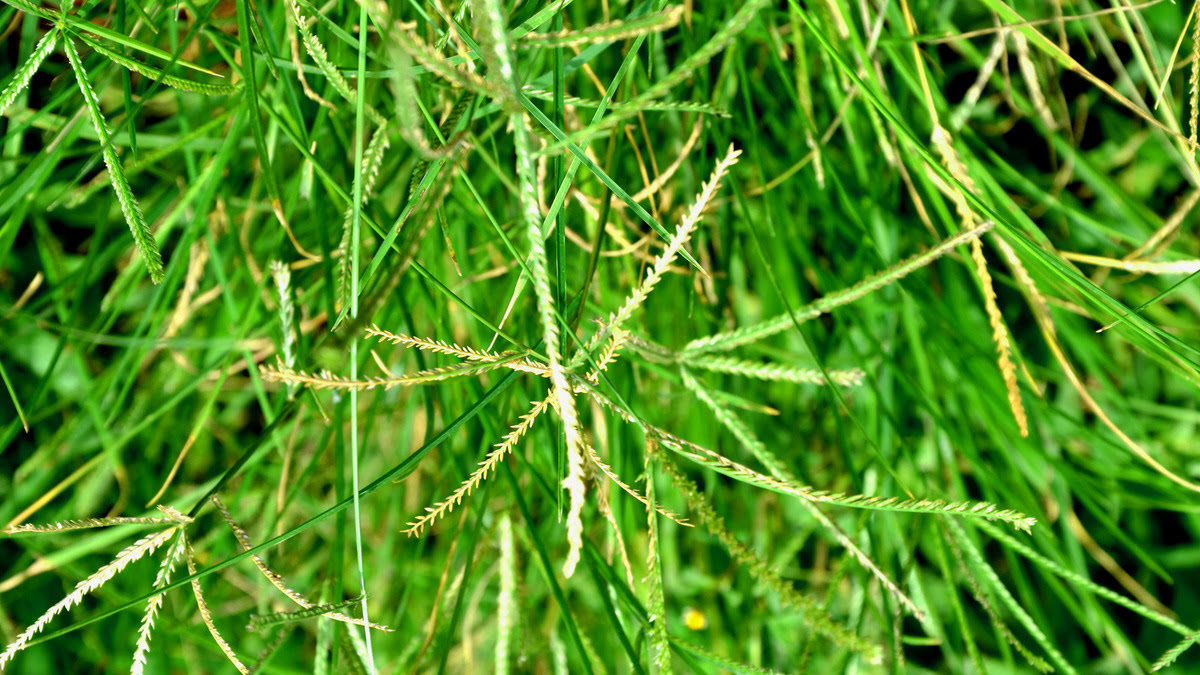
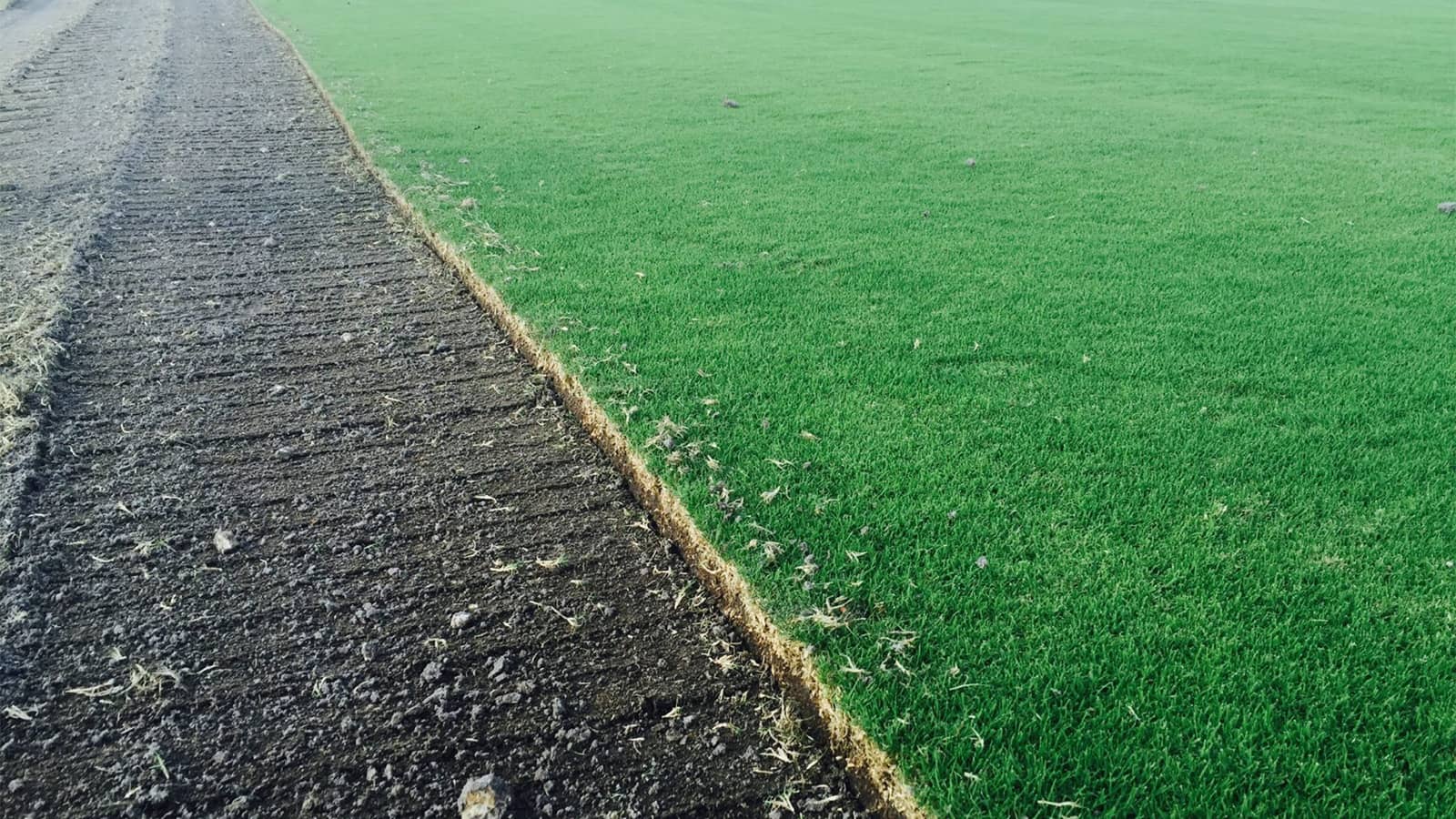
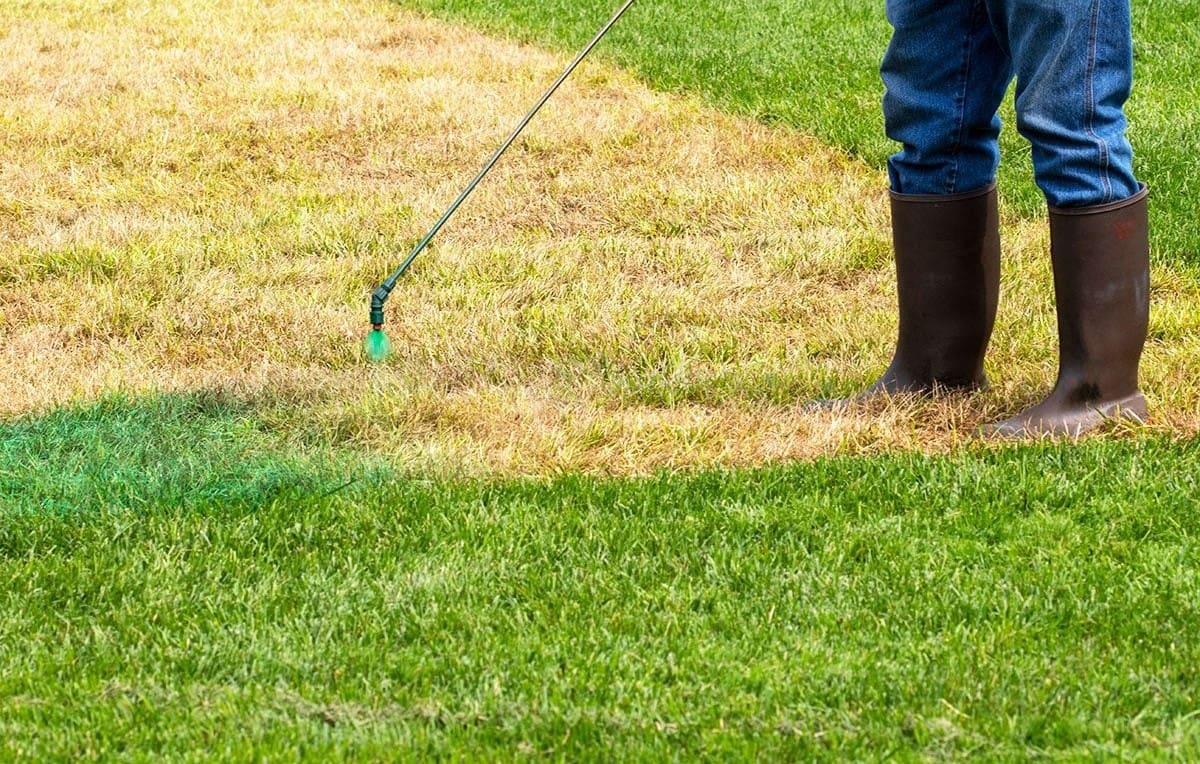
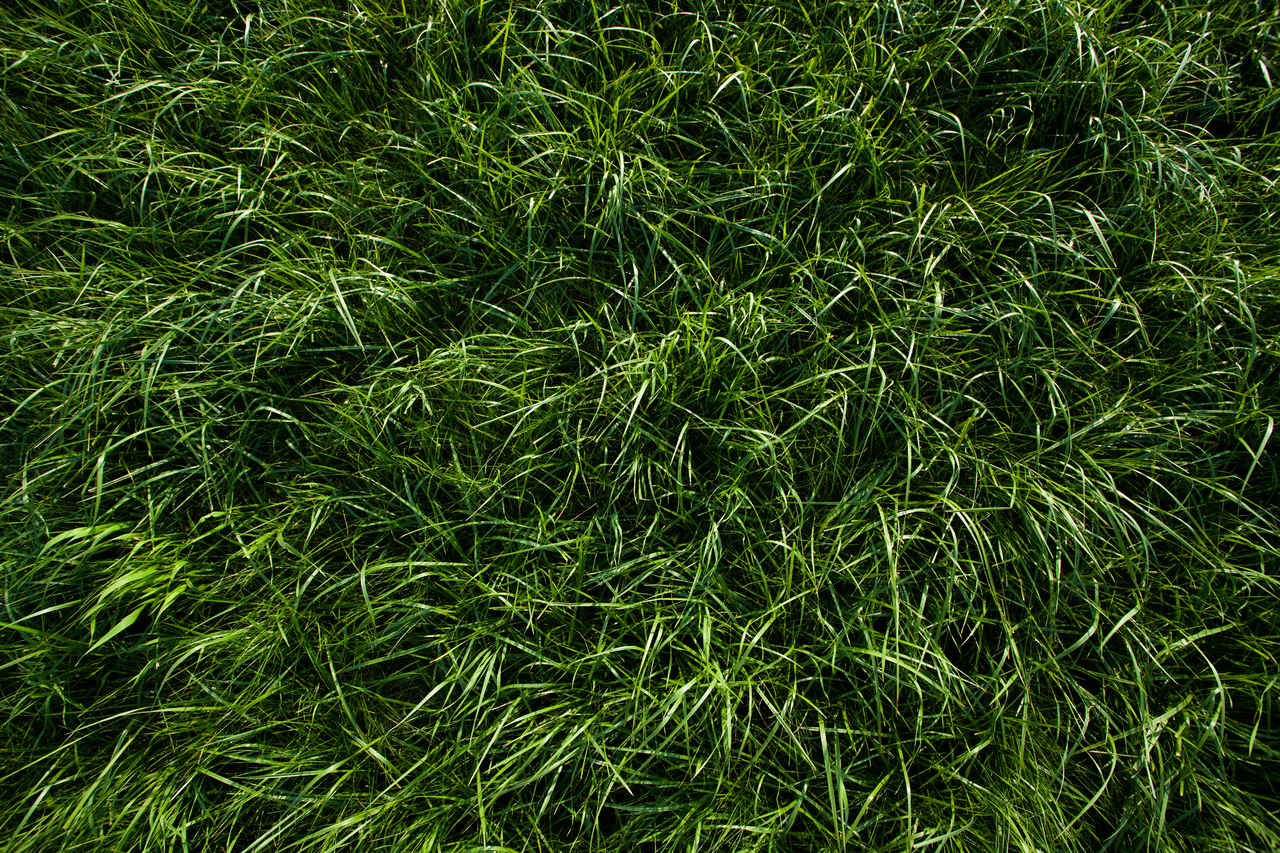
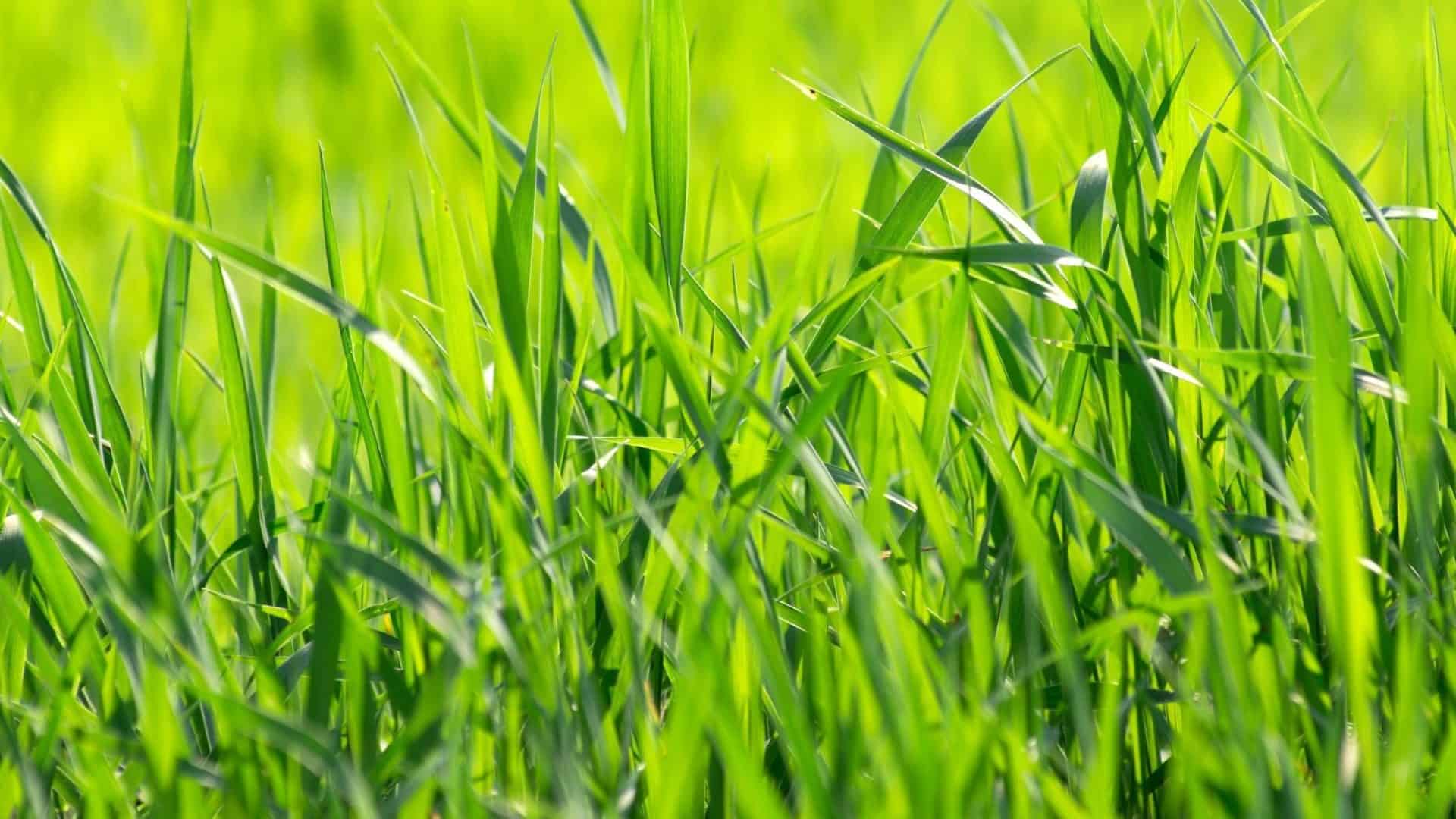

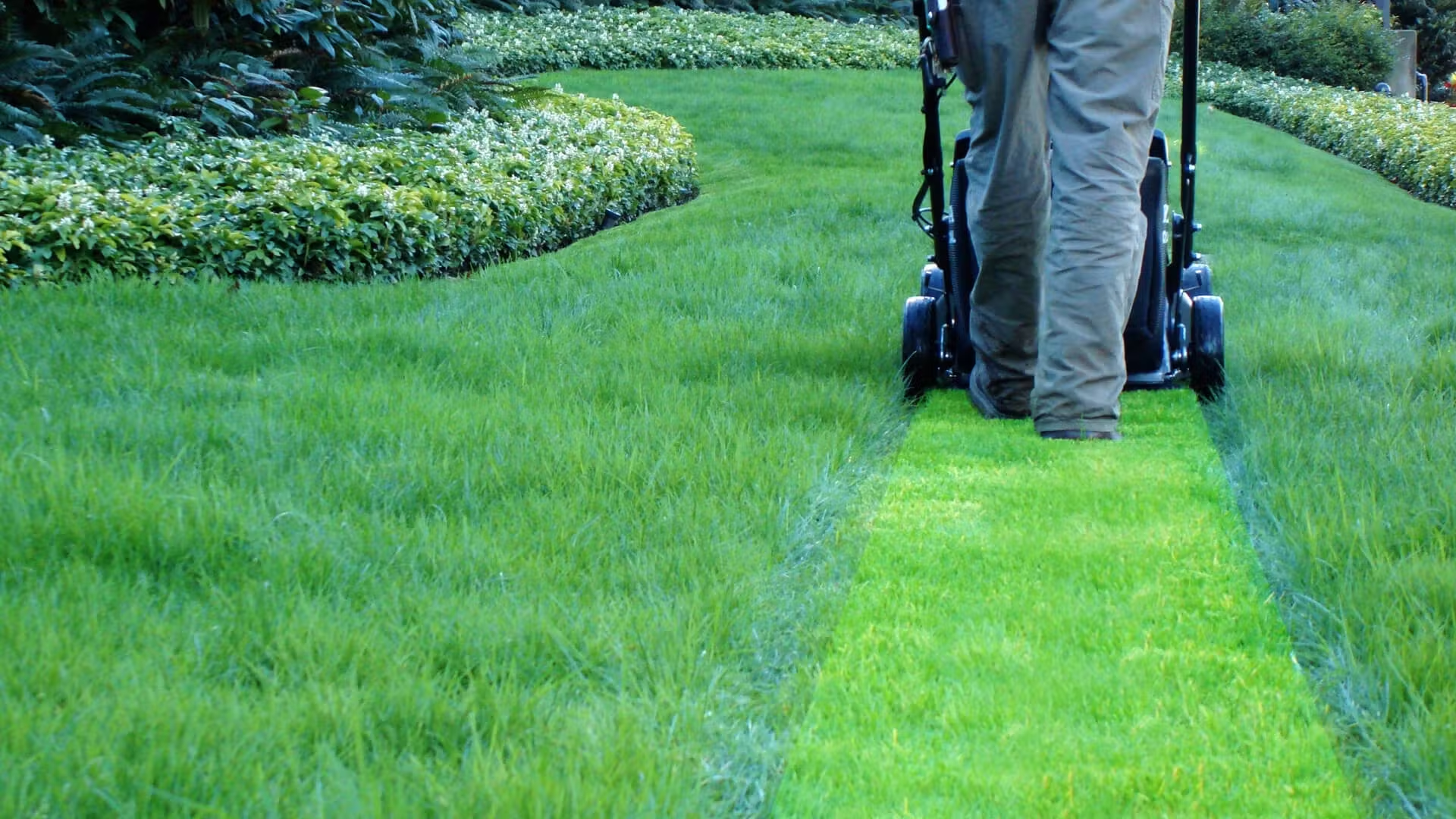

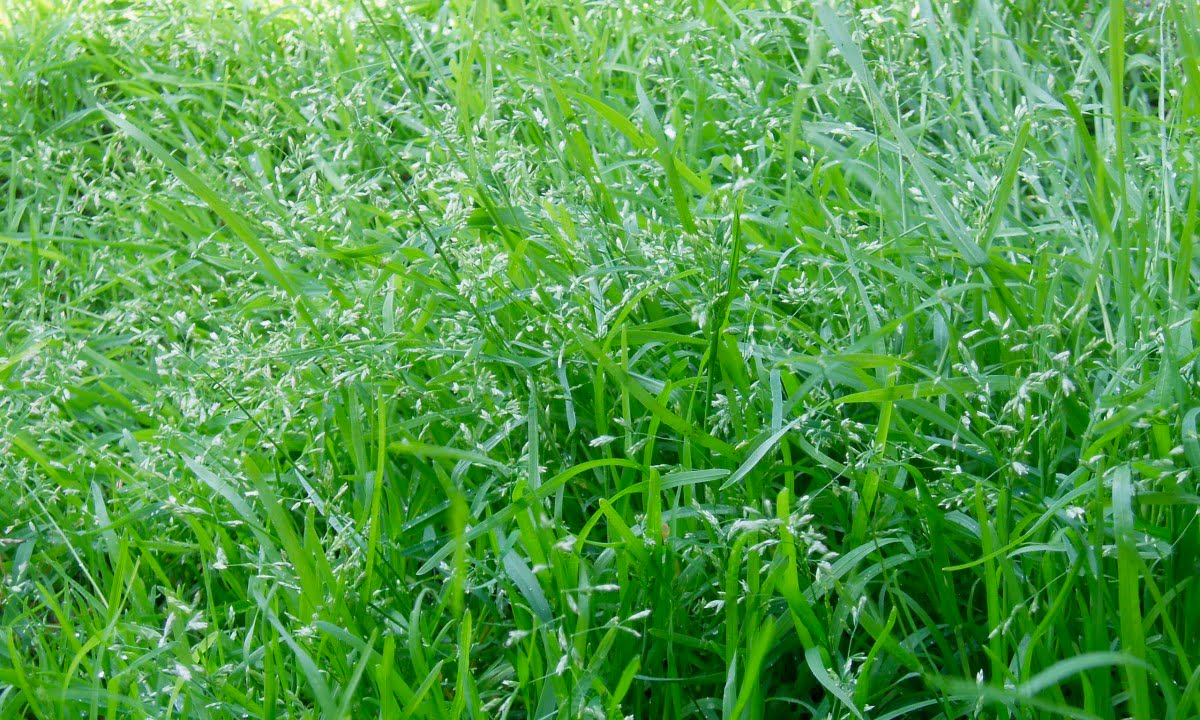

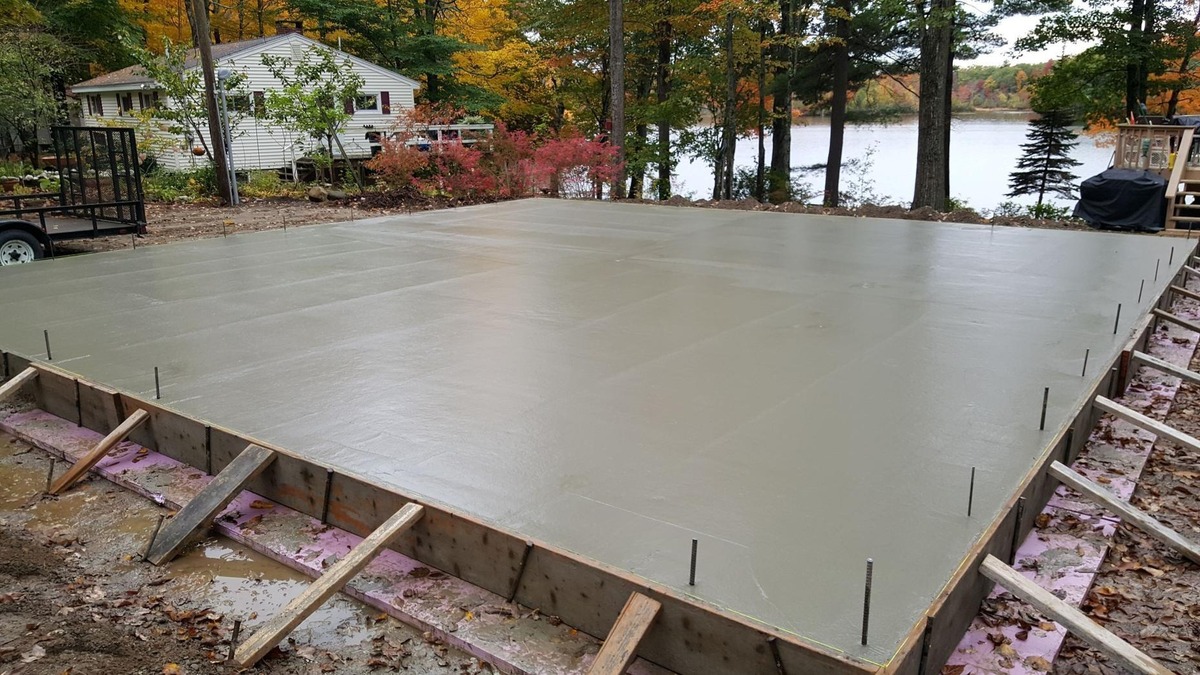
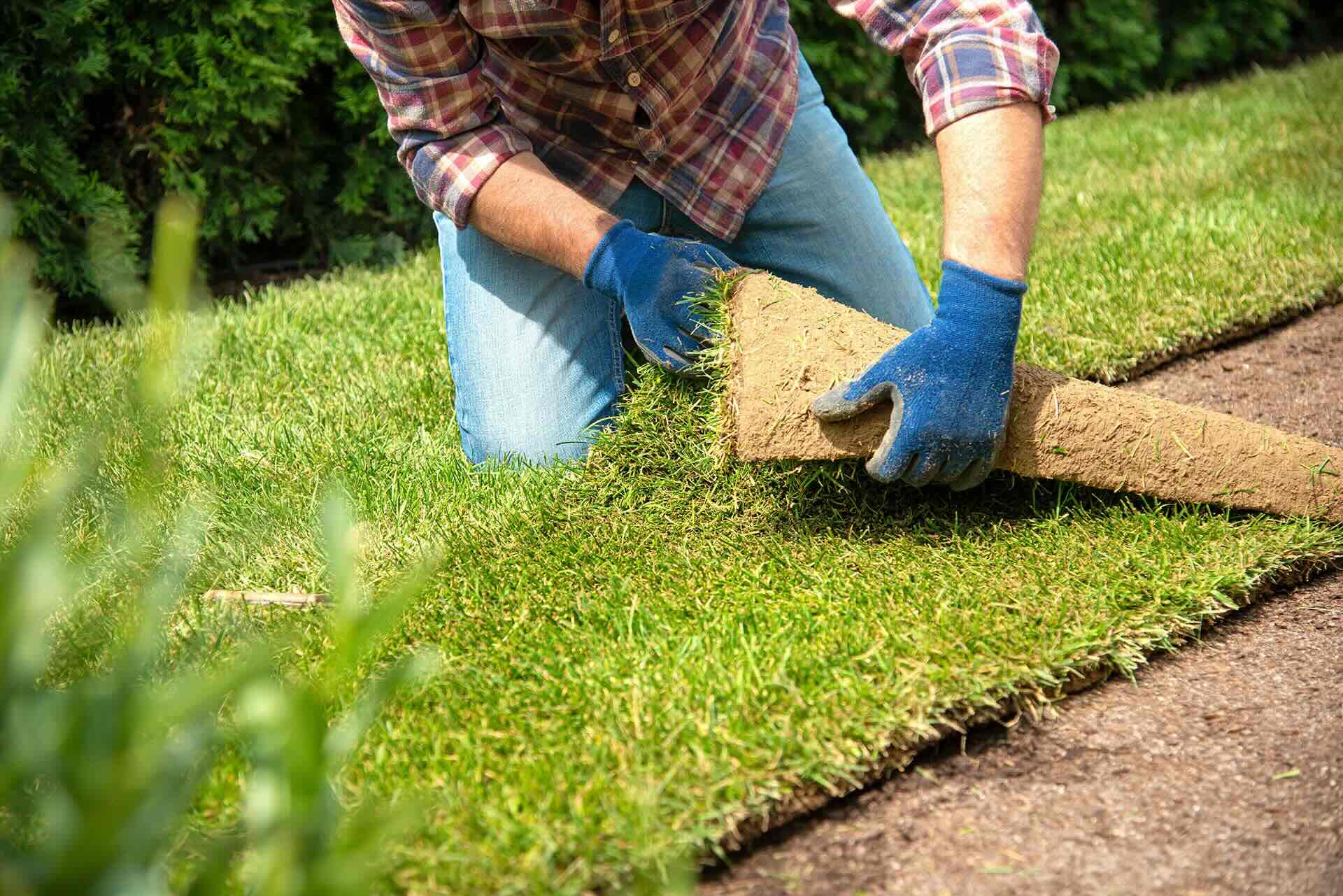
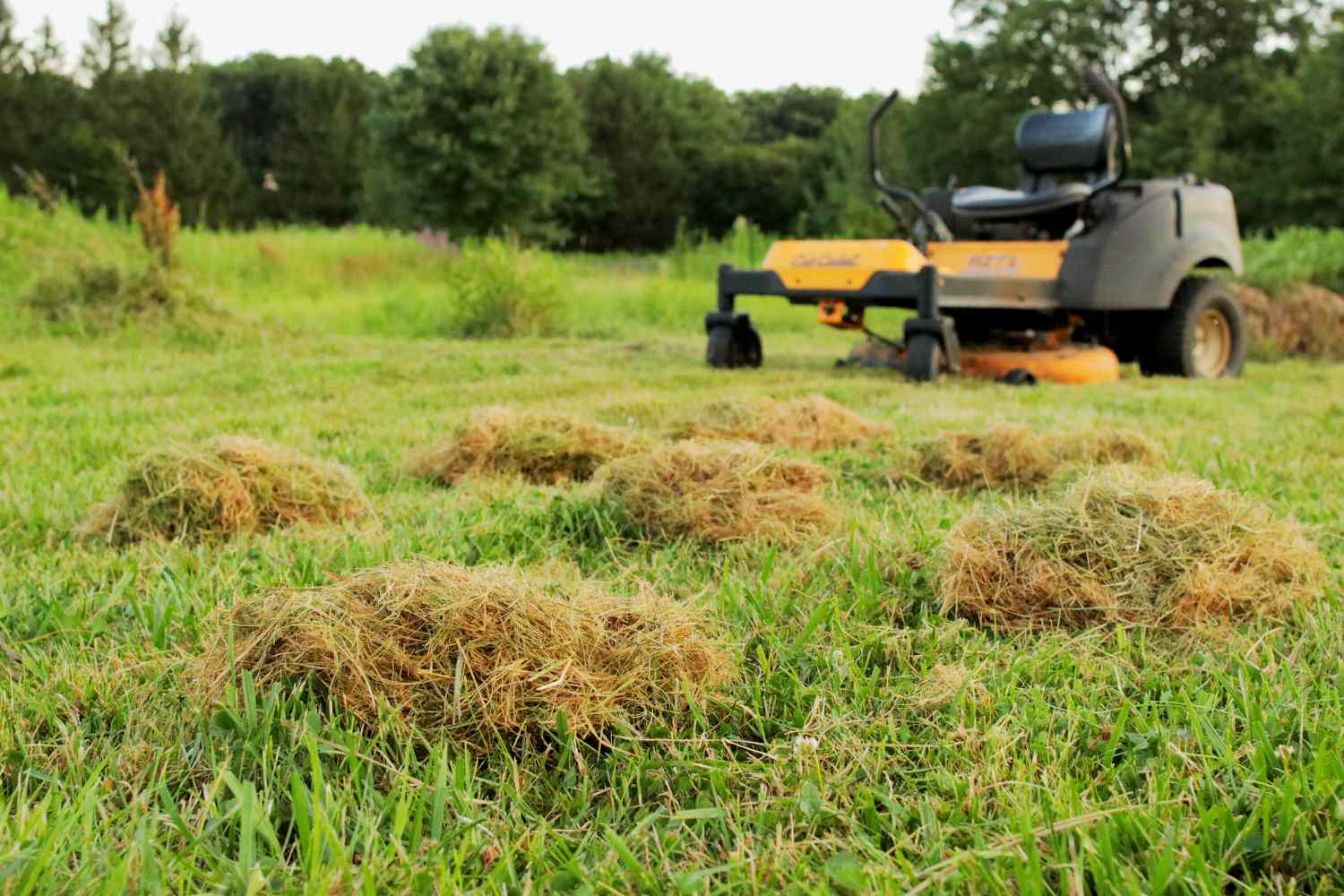

0 thoughts on “How To Make Grass Thick And Green”